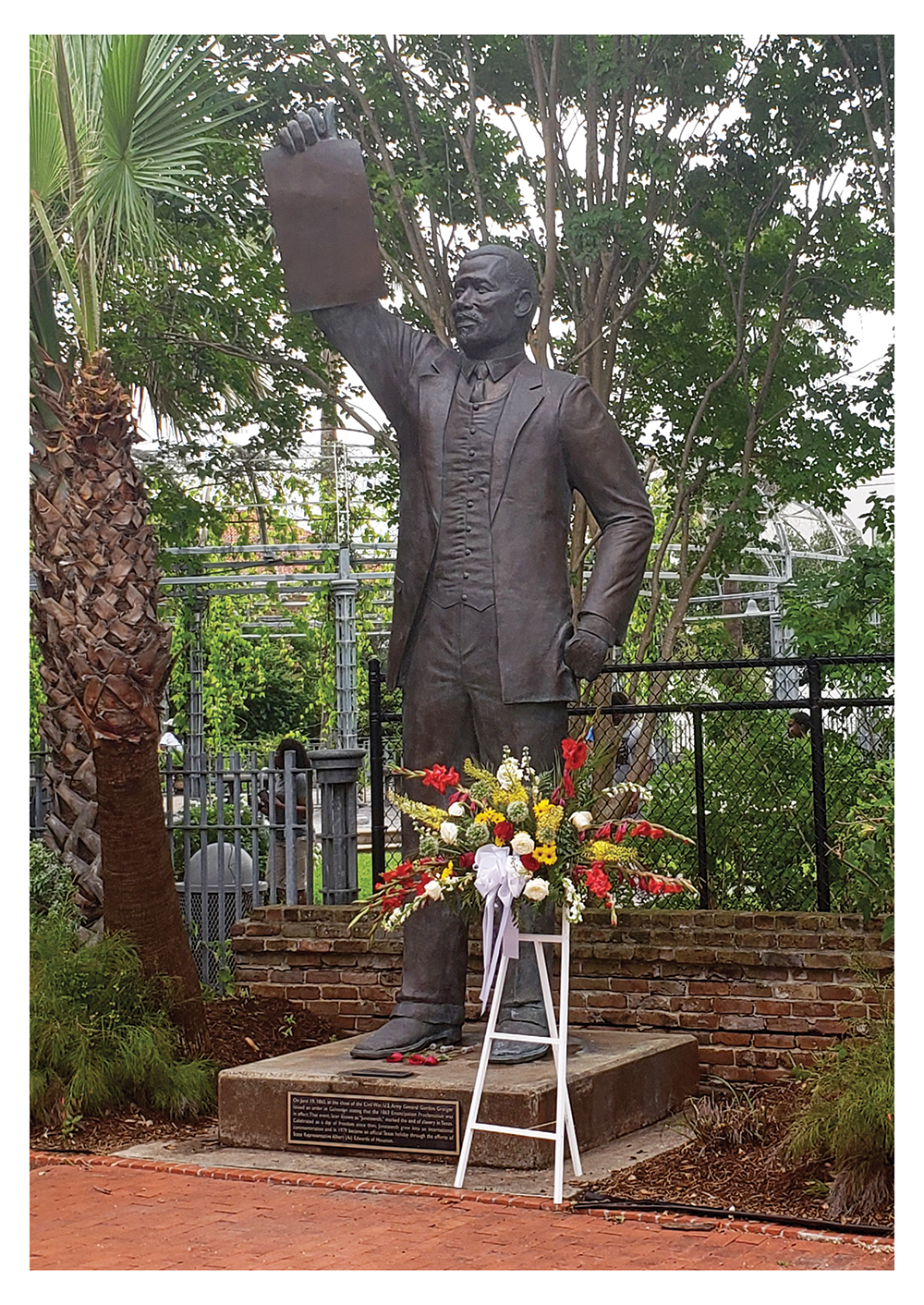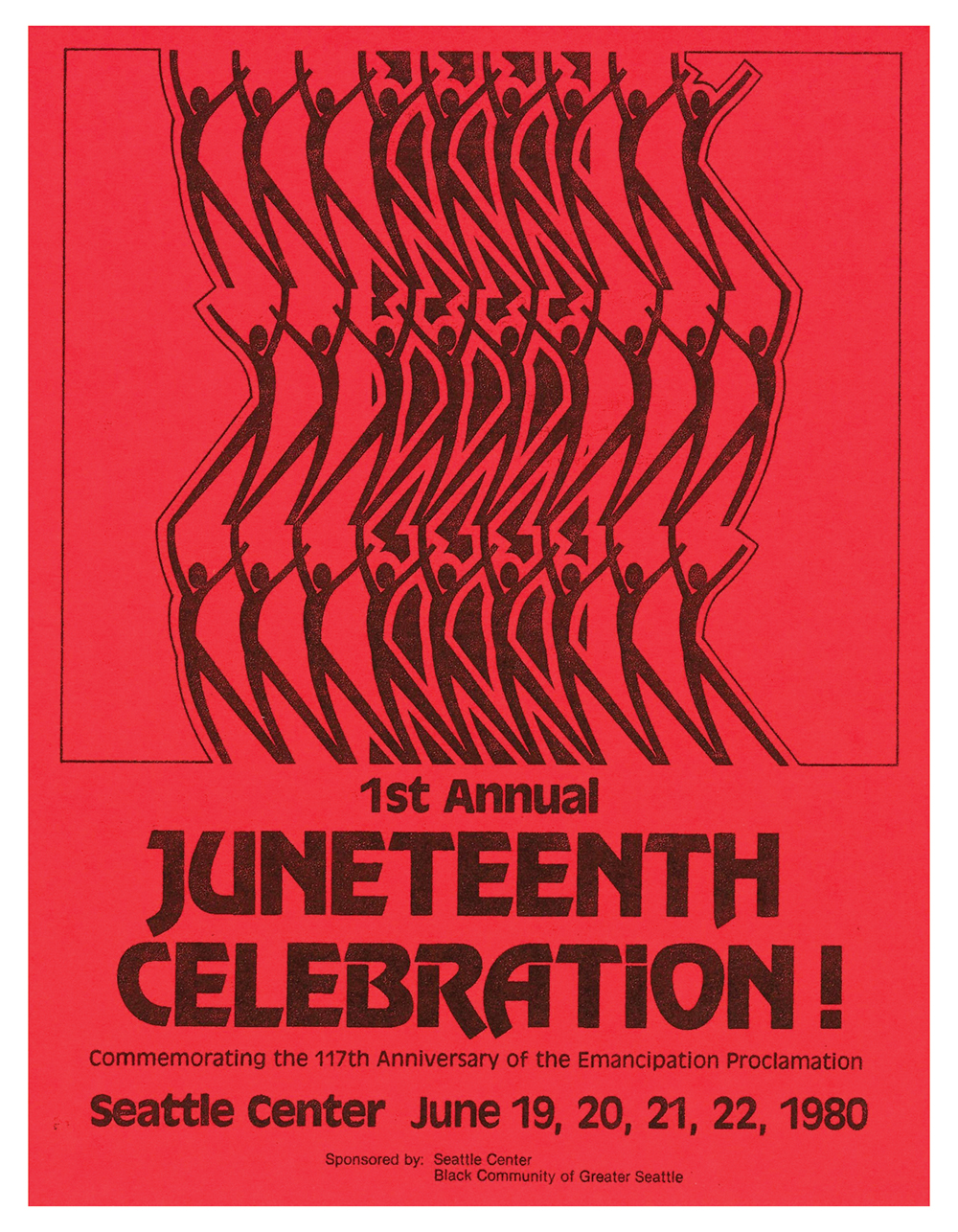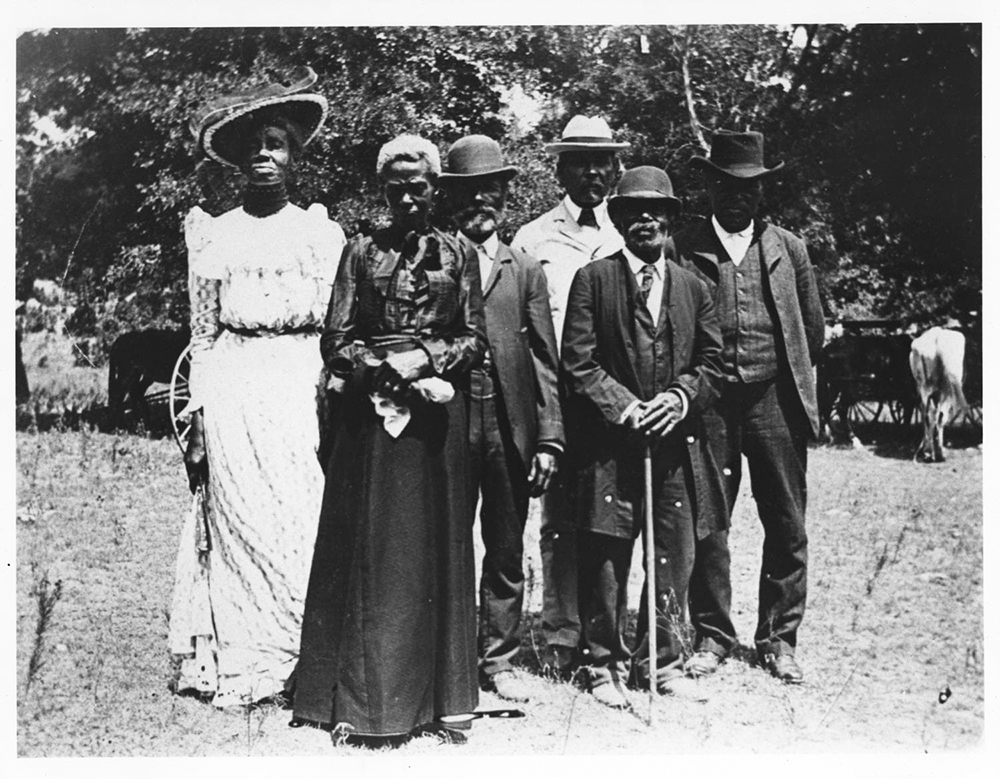Pride comes in many forms and Juneteenth is one representation of it that lives within our nation’s understanding of acceptance and equality.
The day June 19th will forever be seared in our history as a day when the United States came one step closer to realizing that all people are created equal and thus should be treated with respect and dignity. It was on that day in 1865 that slaves were declared free in Texas. The proclamation of freedom was announced by the Union Army General Gordon Granger upon his arrival in the Lone Star State.
The Emancipation Proclamation transmitted that day as a general order of the famous General Order No. 3 came two years after the official United States Proclamation 95 that declared the abolition of slavery in 1862. However, the memory of the General Order No. 3 proclamation, which was announced more than a month after the Civil War ended, lives on year after year as an honored American holiday.
Before the Freedom Day celebration reached national recognition, it stayed within the confines of the Lone Star State – practically in churches within Texan black communities. The meaning of the celebration always stayed the same but the pride behind it took on multiple purposes. The first Jubilee Day that occurred just a year after General Granger’s official proclamation acted as an informative event with the purpose of educating newly freed slaves on how to vote.
The June 19, 1866, inaugural Jubilee Day was organized by a group of freed slaves called Freedmen. The group’s pride ran deep as it wasn’t just by emancipation that some of them, both men and women (Freedwomen), were legally freed Black Americans. Some gained their freedom through self-purchase, a process in which enslaved people were legally unfettered by their own ability to acquire enough funds to negotiate a price for their freedom.
Overtime by 1872 the Freedmen, specifically 4 members of the Antioch Missionary Baptist Church and the Trinity Methodist Episcopal Church, were able to garner enough money as a group to purchase land in Houston, Texas, which acted as the grounds for the annual Jubilee Day celebrations. What is known today as Emancipation Park is not only the oldest park in Houston but also the oldest park throughout the state of Texas.
The pride event officially changed names from Jubilee Day to Juneteenth sometime in the 1890s, a decade in which Black American pride was reversed in the Confederate States that enacted disenfranchising laws against black people. And yet again, Juneteenth took on another purpose – an annual event where black people could come together in camaraderie and acceptance. At one point, an estimated 30,000 Black Americans attended an 1898 Juneteenth celebration at Booker T. Washington Park.
The annual Texan Juneteenth celebrations gained in popularity and by the 1920s and 30s, the prideful day became an honored tradition within black communities throughout the Southern States of America. The Freedom Day radiated with pride intermingling serious aspects of Black American liberation with that of celebratory components like food festivals that represented Black American cuisine.
Although the Liberation Day continued to increase in attention making its way from just a celebration in Southern States to becoming an annual affair within black communities throughout the United States by the 1940s, true equality still eluded Black Americans. Occurrences of segregation, inequality and unrest caused moments of decline throughout the pride celebration’s existence. But like that of human will, Black Americans continued to fight with pride for inalienable freedom.
It’s a fight that’s no stranger to any marginalized community. Till this day, Black Americans, Asian Americans, Hispanic Americans, LGBTQ+ people, and the list goes on, fight for true equality. Juneteenth is a reminder of that fight. But it’s also a moment of pride, a moment to celebrate Black American Cultural, Black American Resilience and Black American Determination.


















